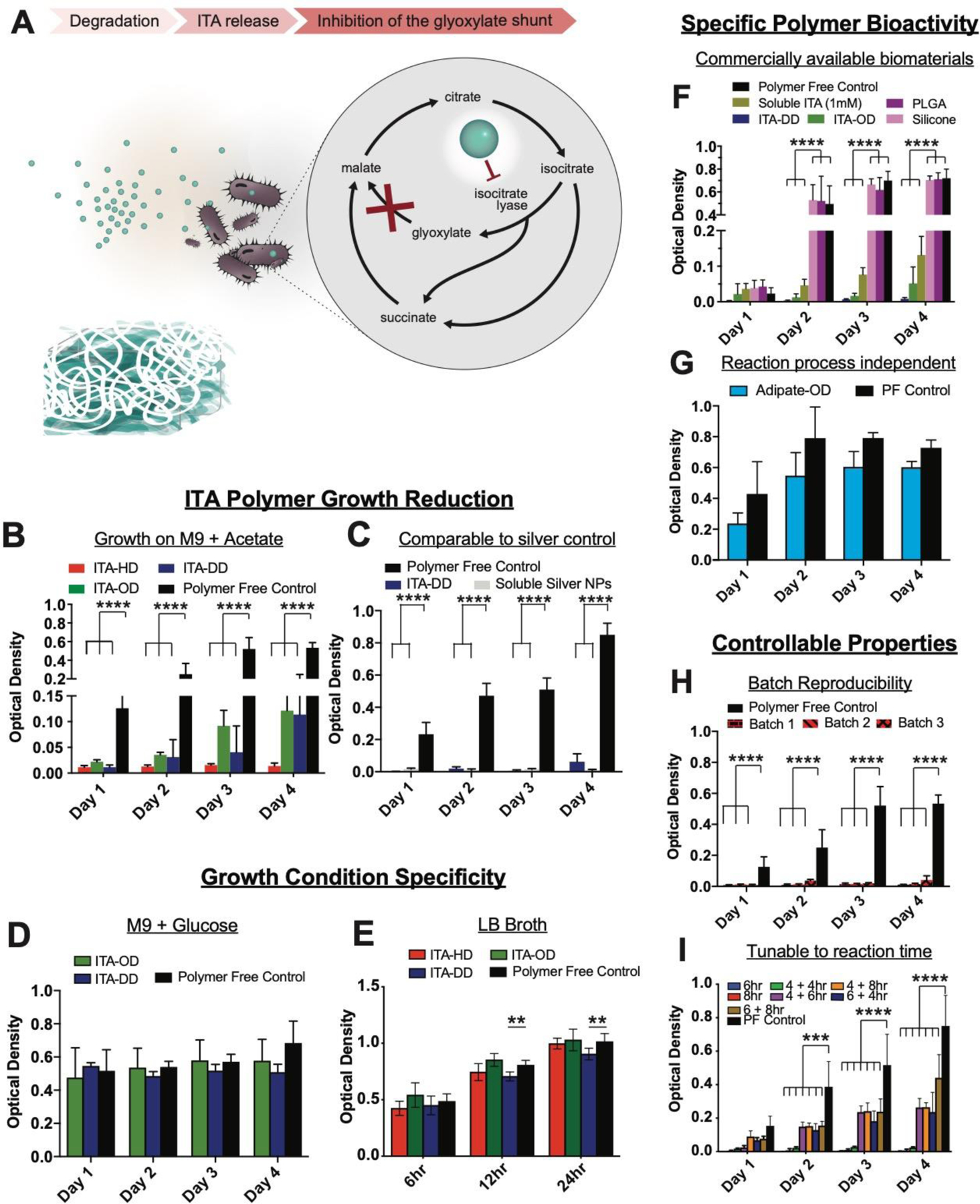Fig. 5. ITA specific polymer bioactivity is demonstrated through mechanistic regulation of bacterial growth.

(A) Mechanism of ITA material bacterial growth modulation. ITA is a potent enzyme inhibitor of ICL, a key step in a glyoxylate growth cycle that allows for bacterial persistence on acetate growth substrates. (B-I) Suspension culture of E. coli in contact with polymer materials in M9 medium with acetate. (B) ITA-HD, ITA-OD, and ITA-DD present growth reduction on acetate in comparison to a polymer-free growth control, and (C) ITA-DD exhibited a similar effectiveness in bacterial growth inhibition as silver nanoparticles. (D-E) The regulatory behavior of ITA polymers was growth condition specific. (D) Culture with a glucose source and (E) LB broth indicated no appreciable inhibition. (F-I) Observed polymer bioactivity in M9 with acetate is specific to ITA polyesters. (F) ITA-OD and ITA-DD enabled significant bacterial growth reduction in a comparable fashion of soluble ITA (1 mM) whereas commercially available PLGA degradable polyester and viscous liquid silicone did not, and (G) inhibition was not observed with substitution of ITA with adipate in the synthesis method. PF-polymer free control. (H) Inhibition behavior of ITA-HD on acetate growth substrate remained consistent across multiple synthesis batches, and (I) was tunable across a range of ITA+DD synthesis times (x +y hr indicates x: time at 1atm, y: time at vacuum pressure), with more pronounced inhibition at lower reaction times. Data are mean ± SD, n≥3. Two way ANOVA followed by pairwise comparison with Tukey’s multiple comparisons test. Statistical significance is indicated as *p<0.05 ** p<0.01, *** p<0.001, **** p<0.0001.
